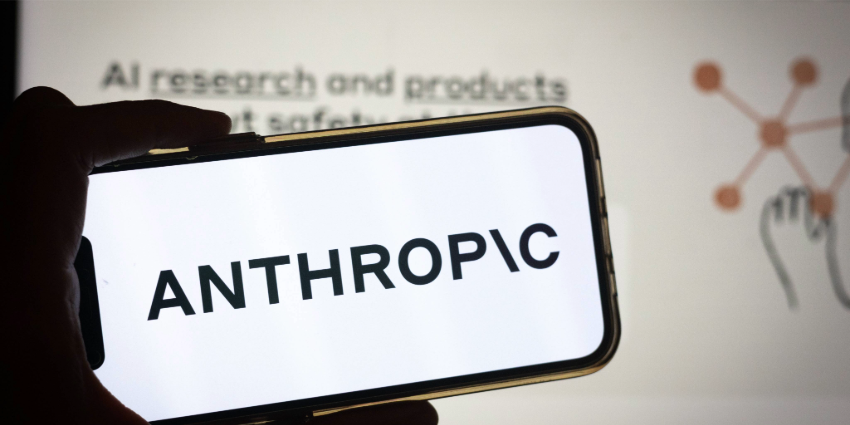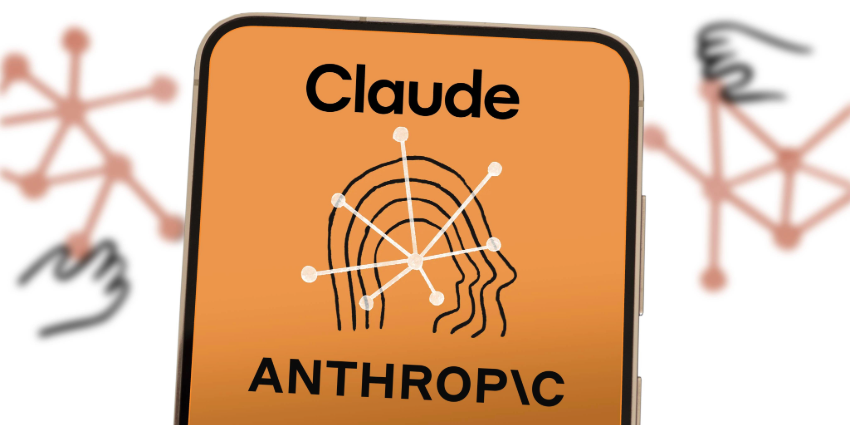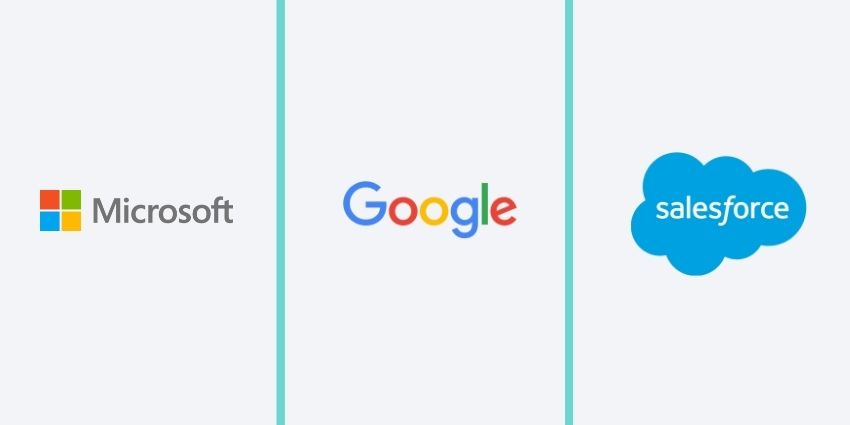Google Workspace Labs: What’s Coming to Your Office Tools
Google’s Workspace Labs is an early-access programme for experimental features, currently giving select users access to AI integrations across their tools.
While these features are still in testing, they offer interesting possibilities for how our office tools might evolve. It’s worth noting that these features are gradually rolling out, so even Labs participants might not have access to all capabilities immediately.
Smart New Tricks for Gmail
The Gemini integration in Gmail focuses on making email management more efficient. The features include drafting email responses, summarising email threads, and letting you query your email history about specific projects. This could mean quicker responses to customers and less time spent searching through old email chains – although we’ll have to see how it performs in real-world use.
One particularly interesting feature is the ability to ask specific questions about project-related emails, which has the potential to streamline how we track ongoing work through email.
Documents That (Almost) Write Themselves
Google Docs is getting some interesting AI capabilities. According to the documentation, it can summarise documents, create outlines, and offer writing and formatting suggestions. There’s even an image generation feature, but as with any AI image creation, you’d want to review these carefully before using them in professional documents!
The system also offers help with creating structured documents like blog posts and press releases.
The Drive integration looks particularly promising for document management, with features for summarising multiple documents and analysing PDFs.
This could potentially transform how document-heavy businesses, like law firms handle large document collections, making it easier to find and understand information across multiple files. The ability to generate insights on specific topics across documents could be especially valuable for research and project planning.
Spreadsheets and Slides That Do the Heavy Lifting
In Sheets, the new features focus on table creation and data organisation. The documentation mentions an enhanced Smart Fill feature that can predict and complete data patterns. For businesses handling large datasets, this might significantly reduce manual data entry time. The system can also help create custom tables for specific purposes, such as expense tracking or event planning.
Slides is getting AI assistance for generating presentations, along with practical features like background removal from images and content rewriting tools. The system can also generate custom images for your slides. These features could be particularly useful for teams who regularly need to create professional presentations but might not have design expertise.
Meetings and Chat: Getting More Efficient
Google Meet’s new features include AI-powered meeting notes, custom background image creation, and what Google describes as “studio-quality” audio and video enhancement. The AI can help document key points during meetings, potentially making it easier to track decisions and action items.
In Chat, the AI can summarise conversations and identify action items – specifically, you can ask questions like “What are the key takeaways?” or “Are there any action items for me?” The system can also help track decisions made in conversations, which could be invaluable for teams managing multiple projects through chat channels.
New Tools in the Box
A notable addition is Google Vids, which the documentation describes as “an AI-powered video creation app for work” supporting creation, writing, production, editing, and collaboration. While the specific capabilities aren’t fully detailed by Google, this could be valuable for teams needing to create training or marketing content.
Forms gets AI assistance for survey and quiz creation, while Keep receives help with list generation. These tools might seem less dramatic than some other upgrades, but they could significantly reduce human time spent on common tasks.
Looking Forward
These features currently require membership in Google Workspace Labs, and Google notes that they’re not available for school accounts or users under 18. The features are also currently limited to English language users in certain countries.
Workspace’s new features could be a major boost in how we handle daily office tasks. However, as these are currently experimental features, their real-world effectiveness remains to be seen.
What will be particularly interesting to see is how users adapt to these tools and what creative uses they might find for them beyond their intended purposes – something that often happens with new technology. The key to success will likely be how well these features integrate into existing workflows without causing disruption, and how employees integrate them into their workstreams.
For businesses considering their future technology needs, these developments are worth monitoring. While it’s too early to make significant plans around experimental features, understanding these potential capabilities could help inform longer-term strategic planning.
For now though, it’s a fascinating glimpse into how AI might reshape our everyday work tools; giving us a glimpse at a future where routine tasks take less time and teams can focus more on creative and strategic work.








